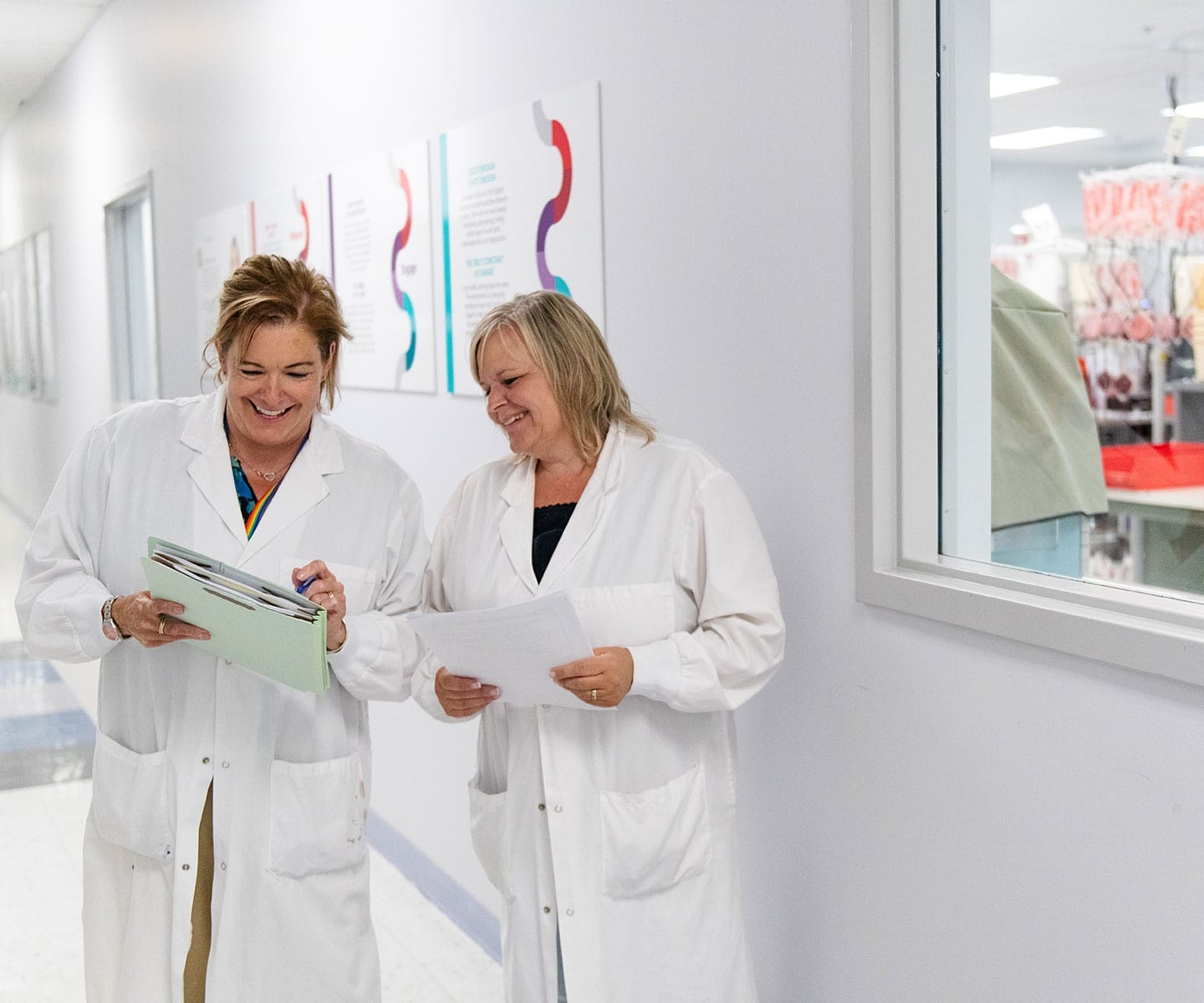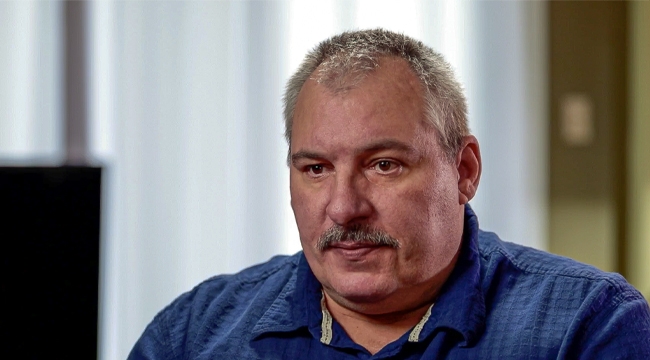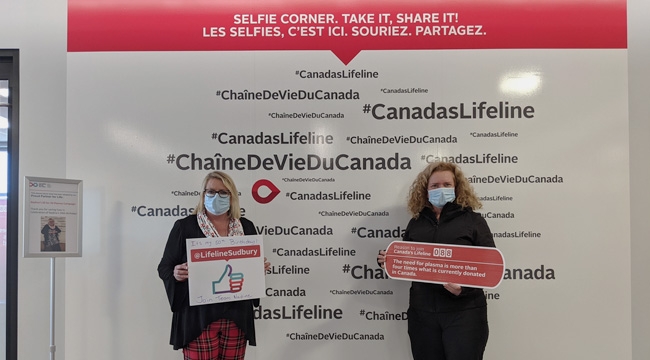How financial donors are helping transform our cell therapy facilities

Financial donors’ lifesaving impact continues, a decade after they helped establish a national public bank of donated cord blood stem cells
At any given time, hundreds of people in Canada are in need of a lifesaving stem cell transplant. And for years, financial donors have been helping us make more matches.
Ten years ago, financial donors were instrumental in setting up our national public cord blood bank, which collects donations of stem-cell-rich umbilical cord blood. Along with our stem cell registry, the cord blood bank is part of an international network that gives patients access to more than 800,000 cord blood units and 41 million willing adult donors around the world.
Stem cells from donated cord blood can be used to treat more than 80 diseases and disorders, and are available for use by anyone who needs a stem cell transplant — including those without a match in their own family, nor from the pool of volunteer adult donors in Canada and abroad.
“The shipment rate for our cord blood units is in the top five globally,” says Dr. Matthew Seftel, medical director of stem cell services. “This reflects the high quality and excellent reputation of our cord blood bank.”
In addition to storing donated cord blood stem cells, we also preserve and process both cord blood and adult stem cells at our Concourse Gate facility in Ottawa, Ont. And just as financial donors helped establish the public cord blood bank ten years ago, they have recently helped us make important upgrades at Concourse Gate — work that will make all the difference for even more patients who rely on stem cell transplants as well as emerging cell therapies.
As a registered charity, financial donors help Canadian Blood Services do more to support the patients we serve. To read more stories like this one about how financial donors are making a difference to patients, read our latest Philanthropy Report.

Updated facility opens possibility for more innovation
As medical advances expand the use of cell therapies, Canadian Blood Services has been called upon to support them. But to increase our role in that area further, with the aim of helping to improve patient outcomes even more, the team at Concourse Gate saw an opportunity to upgrade and optimize the Concourse Gate facility itself.
Financial donors have helped us do just that. With their support, Concourse Gate’s main lab has been redesigned to make better use of the available space, and to add a fourth production line. The changes have enabled our team at Concourse Gate to work more efficiently, and to pioneer and implement new methods of processing and preserving stem cells. In fact, the team has since expanded its capacity by 25 per cent. This financial-donor-fuelled work has positioned Canadian Blood Services to more quickly adapt to advances in the field.

“Before these upgrades, our infrastructure was getting the job done to meet patient needs,” says Nicholas Dibdin, associate director of stem cell operations. “But we saw great opportunity for a proactive upgrading of the space to serve patients more efficiently while expanding the types of innovative work we could support within our health systems.”
Longtime financial donor supports equipment needed for research
Canadian Blood Services is also supporting the development of new lifesaving cell therapy options for patients through our Centre for Health Innovation and its proof-of-concept study as part of the ExCELLirate Canada initiative.
Some of the equipment being used for this project at Concourse Gate was acquired thanks to a financial gift from OtherHalf — Chinese Stem Cell Initiative. This longtime supporter of Canada’s Lifeline has worked tirelessly for years to help patients in need of lifesaving stem cells, especially those who face barriers being matched for transplant.

Led by Dr. Harinad Maganti, this study is seeking to establish a proof-of-concept cell manufacturing training centre to support the development of Chimeric Antigen Receptor (CAR) T-cell products and research in cellular therapy. CAR T-cell therapies modify a patient’s own blood cells to target and fight certain cancers more effectively. They show promise as treatments for patients where a stem cell transplant may not be an available option.
Building on their years of support and partnership with Canadian Blood Services, OtherHalf’s recent contributions will finance a critical piece of equipment to make this research possible: a freezer that can store materials at –80 C. It will store the materials that are vital to producing immunotherapy cells used to fight cancers and new cell therapies as they evolve.
“The funds that donors invested in our organization have enabled us to respond quickly to the growing demand for cord blood and other cellular therapy products,” says Dr. Seftel. “Support from financial donors helped us carry out the work quickly and achieve excellence to help more patients live life to the fullest.”
From helping to fund world-class research, to the training of transfusion medicine leaders and more, financial donors are vital links in Canada’s Lifeline. To learn more about how financial donors help support patients, read our latest 2023-2024 Philanthropy Report.

